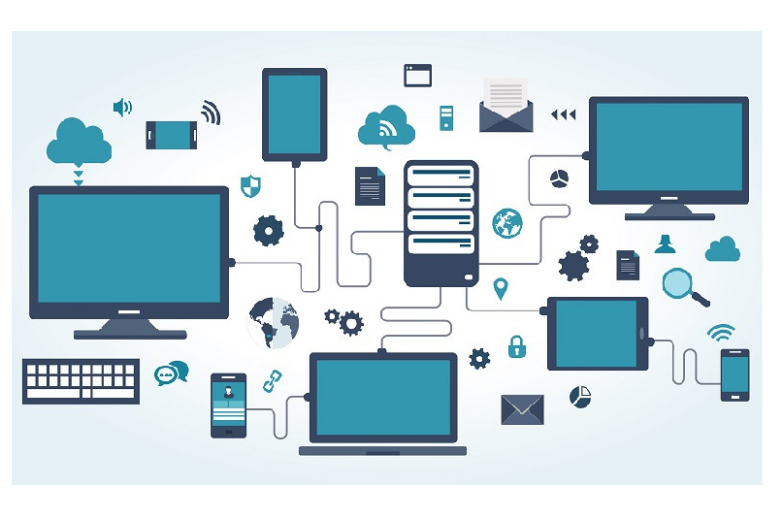For the past year, enterprises have scrambled to deliver VoIP, UC, video meetings, team collaboration, and other tools to make working-from-home (WFH) employees as efficient as they were in the office. And new research suggests that the WFH trend isn’t going away anytime soon, which will have lasting impacts on an enterprise’s network.
Cato Networks Shares WFH Statistics
The recently released
2021 Cato Networks survey of enterprise networking and security trends highlighted the pandemic's impact on users and how IT is addressing network concerns. Cato found that a majority (81%) of 2,300 survey respondents said they would continue with remote workers after COVID-19, and only 7% of respondents said that they would move back to the office when allowed. Other surveys reflect similar outlooks, which means major changes to offices and how we work in the future. In fact, 71% of knowledge workers prefer not to return to the office at all or work in a hybrid fashion, per a recent
Fortune survey.
While not revolutionary, these findings confirm we aren't returning to a pre-2020 work style anytime soon. For the foreseeable future, enterprises and their vendors will need to find ways to support remote users and deliver services at scale without compromising performance. To quote a CIO comment I heard years ago: “We plan for years to go to the standby data center in a failure, but there is no planning to return to normal.”
Several ongoing challenges have emerged. With the edge of a corporate network extending beyond the office and into worker’s homes, many enterprises are focusing on providing optimal remote corporate access, Cato reported. But that’s only half of the story. As organizations eventually return to the office, the enterprise communications structure will need to change to account for the rapid adoption of cloud services, including communications and collaboration apps. And a flurry of IoT devices will also require enterprise IT leaders to re-think their corporate network and security.
Many networking professionals have thus argued for combining security as a cloud service into an SD-WAN architecture, instead of security being a separate component. Secure access service edge (SASE) technology promises to provide a complete network security solution for central and remote offices. The goal is to enhance the security boundaries well beyond defined premise walls and security barriers.
Preparing for What Comes Next
For communications teams looking to define post-COVID-19 environments, the survey findings are important. Clearly, users desire flexibility in terms of where they work, which will remove the physical IT security in many cases. At the same time, users will continue to use advanced applications and video, and bandwidth will continue to grow.
Given these user needs, communications teams should be actively discussing networking and security options with network infrastructure teams and strategizing on migrating to a new network architecture. You should ensure that the next-generation WAN and security solutions, regardless if separate components or as part of a SASE offering, have the necessary capabilities, features, and management tools to be able to handle the onslaught of new ways employees are communicating.
Let’s take an example. A branch office that only supported VoIP and phone calls in 2019 will need to support much more in 2021. In 2019, a branch location with 40 employees might have made ten simultaneous VoIP telephone calls. And in 2021, the same branch might be making 20 active video sessions, a 10-40 times increase in necessary bandwidth. For WFH employees used to a 100 Mbps cable modem, they might have a significantly reduced experience from a bandwidth-limited office.
Additionally, video communications, team collaboration, and file-sharing services will be used by all types of workers, whether in-office, remote, or hybrid. In fact, the utilization of these will increase as the percentage of remote and hybrid workers will increase, dramatically driving more meetings to be done with video for remote participants.
The need for bandwidth beyond traditional telephony-based WAN options, combined with the need to go directly to the Internet from the office locations for both cloud access and application performance, will push many enterprises towards distributed SD-WAN and SASE solutions. For many organizations, having users indicate that things work better from home without IT is also a major potential issue.
These new investments will also need the bandwidth and latency to accommodate the ever-increasing volume of communication sessions, which should be factored into the decision-making process. Additionally, SD-WAN and SASE monitoring capabilities and tools should be evaluated to ensure great UC and team collaboration app quality.
When we return to the office — and a more normal world — things will have changed dramatically. For the last year, users were influenced by consumer technology, and they want more flexibility. Those expectations now need to be realized in the corporate environment. Regardless of where we work, new technologies and their proper implementation will be a success marker moving forward.










